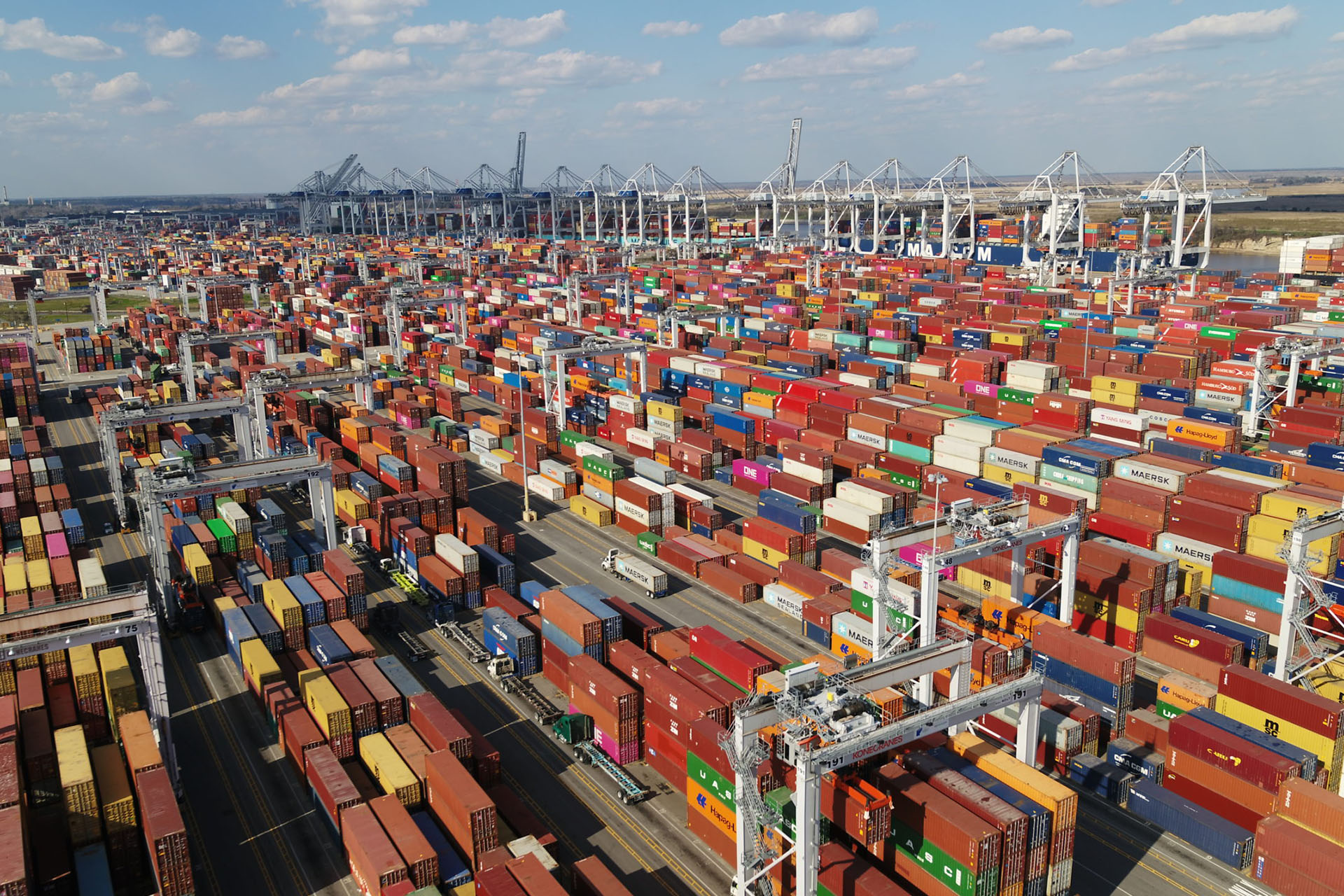Imports at container ports in the United States will grow modestly during the first half of 2022, but continued high volumes will keep up the pressure that built as the economy bounced back from the pandemic last year, according to the monthly Global Port Tracker report released today by the National Retail Federation and Hackett Associates.
The ports handled 2.09 million TEU during December 2021, the latest month for which final numbers are available, down 1.2% from November and 1% year-over-year. Imports for all of 2021 totaled 25.8 million TEU, a 17.4% increase over 2020’s record high of 22 million TEU set despite the pandemic.
Global Port Tracker projects January to see 2.15 million TEU moving through the major ports, up 4.4% year-over-year. It forecasts 2.04 million TEU for February, up 8.7% year over year,12.12 million TEU, for March, down 6.7%, 2.19 million TEU in April, up 2%, 2.27 million TEU in May, down 2.6 %, and 2.26 million TEU in June, up 5.2%.
“We’re not going to see the dramatic growth in imports we saw this time last year, but the fact that volumes aren’t falling is a clear sign of continued consumer demand,” said Jonathan Gold, NRF vp for supply chain and customs policy, in announcing the Global Port Tracker results. “Last year set a new bar for imports, and the numbers remain high as consumers continue to spend despite COVID-19 and inflation. The slowdown in cargo growth will be welcome as the supply chain continues to try to adapt to these elevated volumes. Unfortunately, many experts expect ongoing disruptions throughout 2022 for a variety of reasons.”
Hackett Associates founder Ben Hackett said congestion remains on both coasts and the Port of Los Angeles alone has about 40 ships waiting to dock. As more ships arrive each day and delays mean some cargo won’t get unloaded until the following month, shifts in import patterns could be difficult to follow for some time.
“With Lunar New Year factory closings in Asia this month and the consequent drop in export production, North American terminals will have an opportunity to reduce existing congestion,” Hackett said. “Nonetheless, backups cannot be erased quickly as long as terminals continue to face a lack of space brought on by the supply chain’s inability to efficiently transfer cargo out of the terminals to its end destinations. A shortage of equipment, worker availability and storage space at distribution centers and warehouses across the country remains problematic, as does the export of empty containers back to Asia.”





